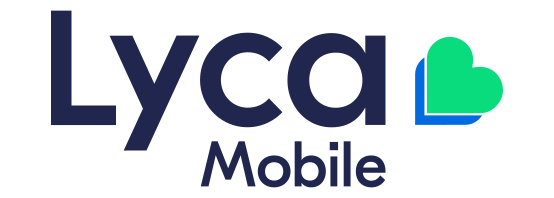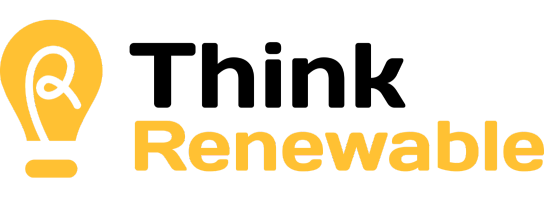Hitting Reset - Getting Your Team Back into Routine

Contemplating hitting reset in 2023 with your team? Returning to work after a break gives you a fantastic opportunity to do so, with employees refreshed and recharged. It’s common for most people to be fully back at the office and ready to concentrate in February, so being prepared for that is vital if you want the quarter to kick off right. Not every business feels the need to have a team refresh but when everyone is coming back to work after some time off, motivation is a must!
Here, we share some steps you can take to reset your team, all with a key aim of upping your employee engagement and retention rate – two must-haves in these candidate-short times!
Start with a Review
It’s a little tricky to move forward without having a good understanding of where you’ve been. So your first step is to actually… look back! An end of year review is always a good idea and once you have done one you will have somewhere to begin to reset your year.
While it’s good to do this initial review on your own first, it’s also a savvy move to involve your team in the process. They’ll have valuable insights to share and suggestions to offer. As a bonus, by inviting and accepting their feedback, it’s likely they’ll be more open to accepting and making any changes that need to happen.
Consider the following review areas:
- Goals – what did you hit or miss? Assessing these answers naturally lead you to your team’s strengths and weaknesses and allowing you to harness the former, while working on improving the latter in 2023.
- The current team dynamic. How would you describe the team? In reviewing team relationships, you might uncover some unhappy employees. As their manager, a great question you can put to the team is, ‘What can I do better’? It requires a bit of bravery but the response you get might be the most important lesson you learn in 2023!
- Flexible (hybrid/remote) working. What’s working well and what isn’t? You can drill down to specifics such as communication, planning and reporting.
- Client feedback. Throughout last year, your team would’ve received feedback directly from your customers about what’s great and not-so-great about your company. While this was hopefully was shared and addressed at the time it was received, it can be beneficial to bring all this feedback together and review it in one session to examine any possible trends.
Address the Gaps
Once your review process is complete, you’ll be armed with plenty of great intel to reset your team and increase engagement. Your focus now should turn to what you can tackle. Let’s say you’ve uncovered an imbalance in the spread of team workload. You can then review roles and associated responsibilities and see what tweaks you can make. If you find you need some extra headcount, feel free to give our Wowzers a yell!
Perhaps you’ve realised your team communications need a little fine tuning. For instance, your sales team seems to have a high load of missed opportunities. Gather your team to brainstorm a consistent way of sharing leads and really listen to their feedback.
By addressing the gaps in your review, you can reset your team so that everyone is happy, motivated and ready to work on this year being the best it’s ever been.
Set New Team Goals
Next up is using your review data to set some nifty goals for the new quarter. It’s a crucial part of your reset, as it’s super energising for employees to focus on a fresh target. Motivating your team and giving them some drive comes with the goals that you set together.
As a collective, set some team-wide goals. Decide on:
- The What. What is the change they want to make or target to hit as a team?
- The Why. What impact it will achieving this goal make? Does it align with the company’s purpose, vision and values?
- The Obstacles. What might get in the way of success?
- The How. What do they need to do to achieve this goal as a group?
- The When. Set the deadline with some smaller milestones along the way.
Set Fresh Individual Goals
Your team is the sum of its parts - if one part isn’t happy, this can have a big impact on overall success.
To help you start the year off on the right foot with employee engagement, set up one-on-ones with each team member with the aim of finding out what motivates them in their job. While you might already know, it’s good to check in as these can change over time.
During this meeting, ask each employee about their current motivation levels. If they’re feeling a little low, ask what you can do to help. Try to really delve into what actually does motivate them – is it a sense of meaning, the chance to grow professionally, recognition of their work etc. You may even like to ask them what it looks like when they’re demotivated, as well as what you can do if that happens.
Working together, you can then set an individual goal or two for the year and think up a plan to help them get there. Keep up the regular checks ins and offer support when needed.
Next-Level Recruitment Support
Launching into a new working year brings a fantastic sense of renewal and excitement, particularly if you have a set of fresh goals to work towards. By following these four reset steps, you can help your employees set such targets while also gaining a deeper understanding of what makes them tick. Combine these and you’re sure to up your employee engagement ante and retain the valued team you’ve worked hard to build.
If you need further support in performing a team reset, feel free to connect with one of our Wowzers at our specialist recruitment agency in Sydney. We love helping our clients ensure their current staff are happy, as well as assisting them in securing new talent for their open Digital, Contact Centre, Retail, Technology, and Sales and Marketing jobs in Australia.
















